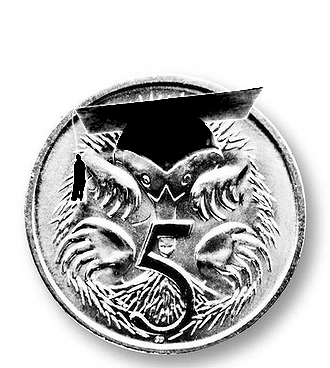Private school funding soars
 Government funding to private schools has grown by far more than public schools over the decade to 2017.
Government funding to private schools has grown by far more than public schools over the decade to 2017.
An analysis of Productivity Commission data by the Grattan Institute has found public school funding grew by just $155 per student over the decade, while private school students received $1429 each.
From the 2007-08 to the 2016-17 financial years, combined state and federal government funding for public schools grew by 22 per cent, adjusted for inflation. Public funding for non-government schools, meanwhile, grew by 46 per cent.
The rise came despite Gonski reforms and the general national consensus on needs-based funding.
“This whole time we've been talking about needs-based funding, we have been heading in the wrong direction,” Grattan Institute school program director Peter Goss said.
The shortfall has been blamed on states not contributing enough.
There has been a significant increase in Commonwealth money, and the federal government primarily funds private schools, contributing just one fifth of public school funding.
The states are supposed to cover 80 per cent of the cost of their public schools, but have been slower to lift their contributions.
Taking student numbers and teacher wages into account, the states’ contribution to public schools has fallen by six per cent, while payments to private schools grew by two per cent.
“The states have been shifting their costs to the Commonwealth,” said Dr Goss.
“While government schools got more money from the Commonwealth on one hand, they got less from states on the other, and overall didn't see much change.”
Education economist Adam Rorris says the current state-federal agreement does not demand the states comply with funding targets set on a federal level.
He said the Federal Government could increase compliance by offering the states something in return, such as extra federal money.
“That's the only way to stop the drift, otherwise the states will keep pulling money out,” he said.
“Non-government schools have been getting effective increases in funding, while moving upmarket on average.
“Government schools have been getting no increase in effective funding while carrying more of the load of teaching more disadvantaged students.
“This has to change.”
Dr Goss said the federal government must take greater responsibility for public school funding after this weekend's election.
The next Federal Government “has to do two things; deliver the money, get its share to 25 per cent and make sure the states put in proper money,” he said.
If that happened, “government schools would see a real increase over the decade of about $1500 per student, as opposed $150,” said Dr Goss.







 Print
Print